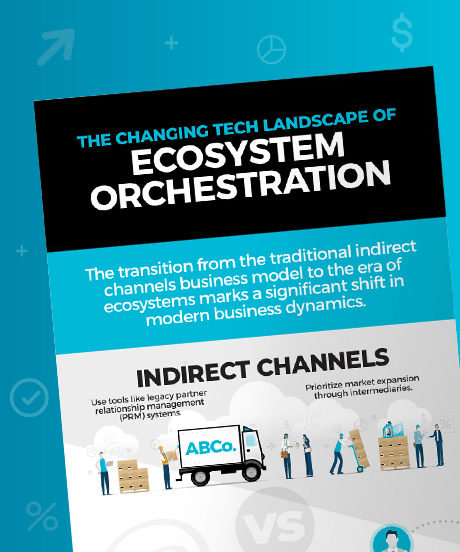Partner Ecosystem Mapping involves identifying, visualizing, and analyzing a business's network of partnerships, alliances, and relationships to better understand interactions and enhance collaboration for shared success.
This involves:
- Identifying all existing and potential partners within the ecosystem
- Examining each partner's roles, contributions, and objectives
- Mapping connections, dependencies, and opportunities for synergy
- Tracking performance, alignment, and gaps in collaboration efforts
Practical Application and Importance
Businesses use partner ecosystem mapping to strategically strengthen relationships, uncover growth opportunities, and enhance overall operational efficiency. By understanding their ecosystem, organizations can foster deeper collaboration, improve value propositions, and adapt quickly to market changes.
Effective partner ecosystem mapping ensures businesses not only leverage their network for innovation but also maximize competitive advantage, leading to sustained growth and success.
Centralize Ecosystems to Adapt to Market Trends

Infographic
The Changing Tech Landscape of Ecosystem Orchestration
The transition from the traditional indirect channels business model to the era of ecosystems marks a significant shift in modern business dynamics.
The new world of Ecosystem Orchestration fosters innovative, seamless collaboration and flexibility.
See the contrasts of Ecosystem Orchestration with the constrictions of traditional PRM and the impact of this implementation on your business.
